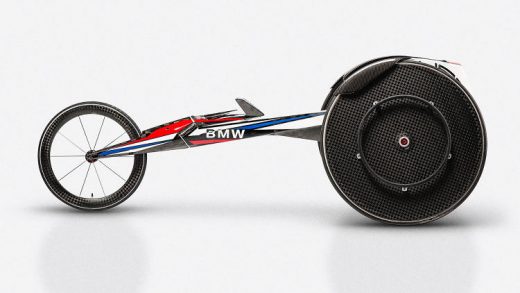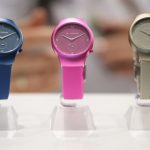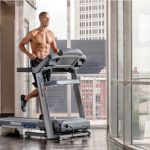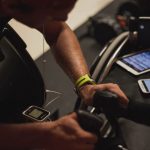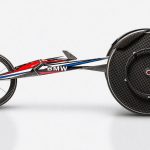BMW Redesigns The Wheelchair For High-Speed Paralympians
There isn’t a lot of money in wheelchair racing, so racing in the Paralympic games is an exercise of carefully choreographed improvisation. Athletes are crammed into their chairs with loose foam. Their gloves are homemade from craft putty. And they have to focus all of their strength and balance into punching their wheels harder and faster than the next guy, to win anything from a 100-meter dash to a full marathon.
“With cycling, bike manufacturers can make bikes for the Tour de France and know there’s a massive enthusiast market out there that will buy bikes, too,” says Brad Cracchiola, an associate director at DesignworksUSA. “But it doesn’t translate [with wheelchair racing], so you don’t get companies investing in innovation for racing wheelchairs.”
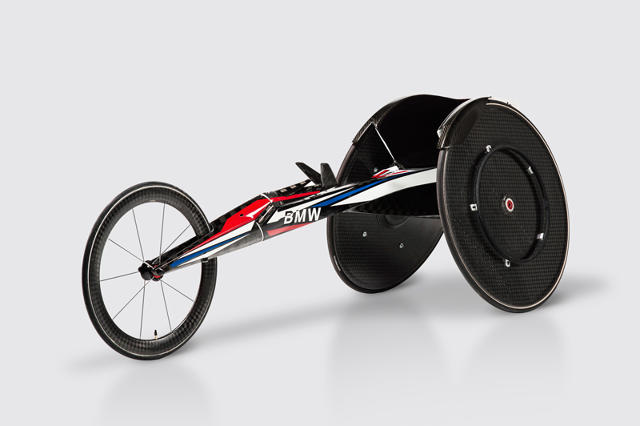
So at DesignworksUSA, BMW’s global creative consultancy, Cracchiola has been leading a crew for the past year to build a better racing wheelchair, working with the U.S. Paralympic team to craft a faster, more comfortable ride with as much racing science as possible. “Everyone has basically the same chair from different brands,” says Cracchiola. “But we’re looking to really help these athletes maximize their performance.”
Most of those chairs are big tricycles, crafted from aluminum, with two large rear wheels that are cambered in. At first glance, BMW’s design doesn’t look terribly different. But through subtle adjustments, BMW hopes to create a piece of equipment that gets out of the way and lets athletes do their job.
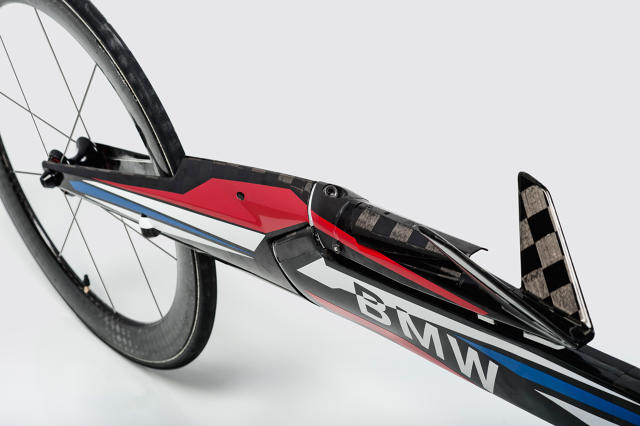
First, the design team scanned one of the athletes in 3-D, sitting in his chair. From there, BMW built a computer model that could simulate changes in aerodynamics. The designers learned that about 50% of aerodynamics can’t be altered, because the drag comes from the racer’s body. But by making various tweaks—small, angular changes to the frame that the firm avoids going into detail about—they were able to shave off 15% of the drag.
“It’s not necessarily a revolution for these guys, but you want to give them every little edge,” Cracchiola says. “If they’re pushing into a headwind, or they hit a hill at 45 miles per hour, at those points, they’re in a tucked position trying to get as much speed as they can.”
BMW also reconsidered the chair’s materials. The frame they chose is carbon fiber—which people have experimented with in racing wheelchairs before, but it is far from standard. While the finished chair is similar in weight to an aluminum one, it is significantly stiffer. That’s important, because if a frame is too flexible, it can absorb the energy of a stroke, kind of like sitting on a mattress.
Carbon fiber’s superior stiffness also plays a role in keeping the wheels straight. Just like in race cars, if wheels are even slightly out of parallel alignment, you lose speed. “If you’re skiing, when you go parallel, you go fast. If you snowplow, you slow down,” says Cracchiola. The team honestly wasn’t sure alignment would be that critical in racing wheelchairs, but they learned otherwise. “We found with very small changes with anything out of alignment, you immediately start seeing speed-scrubbing,” says Cracchiola. “Even the smallest bit of alignment matters.”
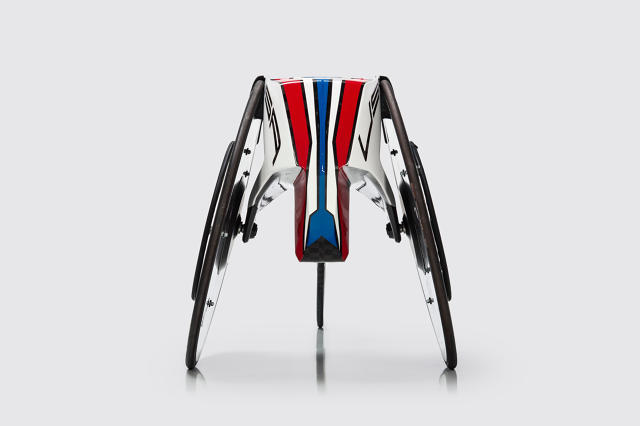
Finally, the team tackled the core problems of ergonomics. Each U.S. Paralympian will get a full body scan so the chair is tailored to him. The seat, in particular, will be form-fitted like a mold—another cue from high-end auto racing. The athletes will also receive custom gloves, produced by going back and forth with the athletes and a 3-D printer. The best part about the gloves? They’re no longer bespoke. If they melt in the back of someone’s car—which has happened—the athlete doesn’t have to start from scratch.
“There’s an interesting psychology to all of this. The comfort of your equipment, the repeatability—when you have that mold, you know how it’s going to feel every time,” says Cracchiola. “And that’s one less thing for them to think about.”
Cracchiola declined to give estimates on how the new wheelchairs might impact sprint times, insisting that his team’s contribution isn’t to empower the athlete with new high-tech equipment as much as it is to get out of the way of their own highly honed strength and technique. But DesignworksUSA has a fairly impressive track record with Olympic gear. The bobsled the studio designed for Team USA’s two-man crew in 2014 helped the United States break a 62-year medal drought in Sochi.
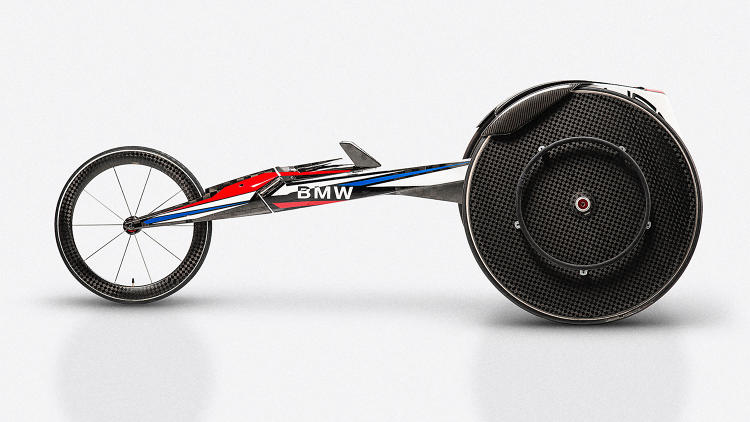
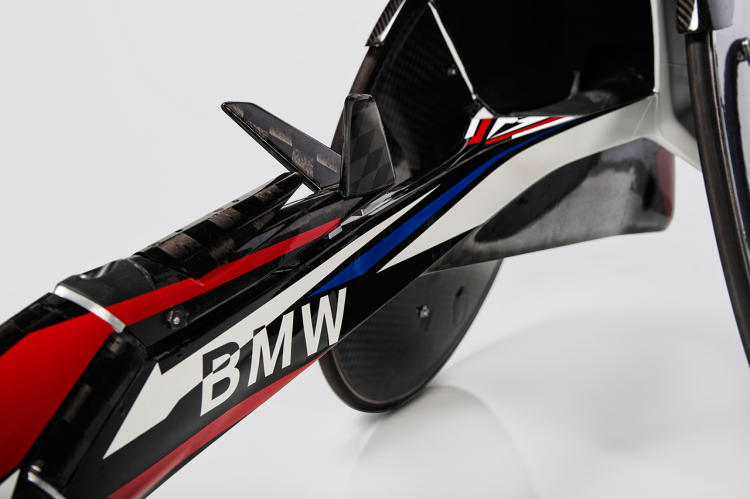
Fast Company , Read Full Story
(34)

